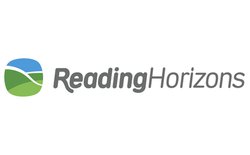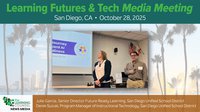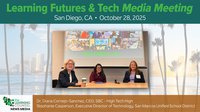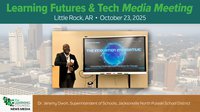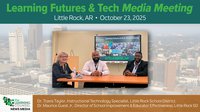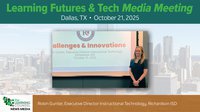Reading Horizons, a leading provider of tech-enabled foundational reading instruction for K-12 schools and districts, has expanded its flagship solution, Reading Horizons Discovery®, with the addition of Sound City. This expansion aligns with the science that informs reading development and empowers teachers to help K–2 students connect speech to print, and to decode and spell words with greater proficiency.
Reading Horizons Discovery is a foundational reading program based on a simple and effective method to help all students develop phonemic awareness, decoding, and spelling proficiency. The program includes instructional materials, interactive digital lessons, decodable books, ongoing professional learning, and now an interactive digital sound wall. Sound City provides skill assessments, review activities, and games. Features of Sound City include:
- Five-minute, daily phonemic awareness lessons that follow the gradual release of responsibility model and align to National Reading Panel recommendations;
- 44 direct-instruction lessons, one for each phoneme in the English language, that align to Reading Horizons phonics lessons;
- Interactive sound wall software that allows students to record and photograph their own sound articulation to build personal digital sound walls; and
- Classroom instructional materials, including wall posters, portable sound wall cards, and a phoneme card set to support teacher instruction.
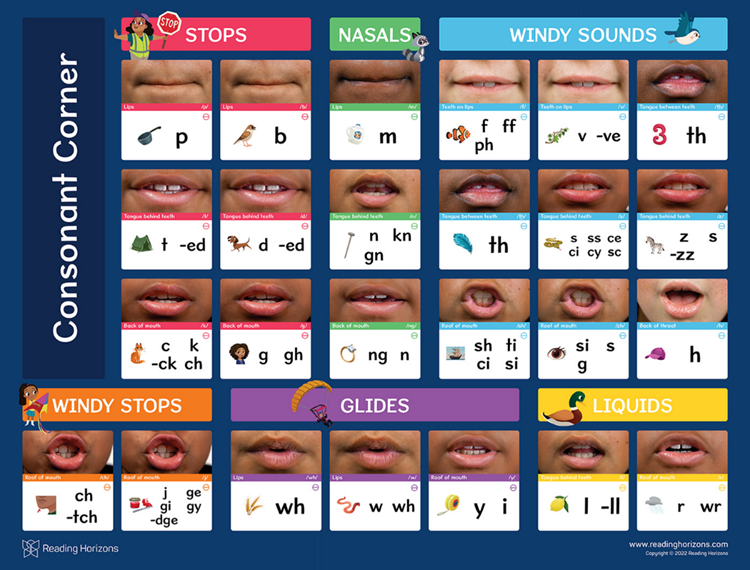
Formats/platforms used:
Sound City is available through Reading Horizons Discovery, which can be accessed via any internet-enabled device.
Primary URL:
https://www.readinghorizons.com/
Problem solved:
Together, Reading Horizons Discovery and Sound City allow students to connect speech to print and to improve proficiency in decoding and spelling.
Grade/age range:
Sound City is designed for students in grades K–2.
Core or supplemental:
Reading Horizons Discovery and Sound City supplements core curriculum and hones in on decoding and literacy resources for students in need of additional support.
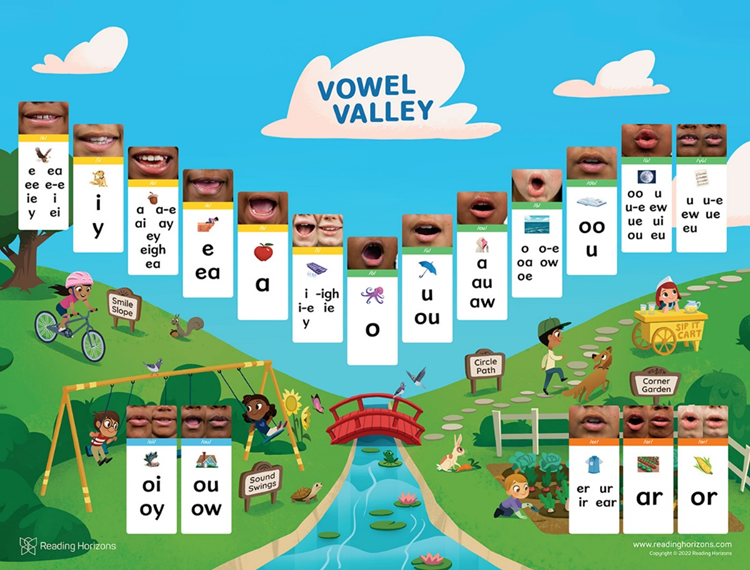
Standards:
Reading Horizons Discovery and Sound City are aligned to state standards for English language arts and the Common Core State Standards.
Lesson time needed:
Sound City phonemic awareness lessons require 5 minutes, while Discovery lessons last 20-30 minutes.
Pricing model:
Sound City is included with the purchase of Reading Horizons Discovery.
What makes Reading Horizons Discovery® Sound City unique?
Grounded in the science of reading, Reading Horizons Discovery is a turnkey literacy program including instructional materials, interactive digital lessons, decodable books, and ongoing professional learning.
To provide teachers tools that will help them bring the science of reading into their classrooms, Sound City was designed to add momentum to the development of decoding and spelling proficiency so all students can read fluently before 3rd grade. Sound City’s instructional materials assess and enhance students’ learning at all stages of foundational reading development.
Characteristics
Use of the Reading Horizons sound wall provides a resource to teach and learn each of the 44 phonemes in the English language and the associated graphemes most effectively. This is the foundation of English and the Reading Horizons Phonological Awareness curriculum, which is essential for effective phonics instruction. Most reading programs now teach from print to speech. Sound City flips instruction to a “speech to print” format, since research proves that to be more effective.
The instructional format is a direct “I do, we do, you do” approach. The format is both direct instruction and software through Reading Horizons Discovery.
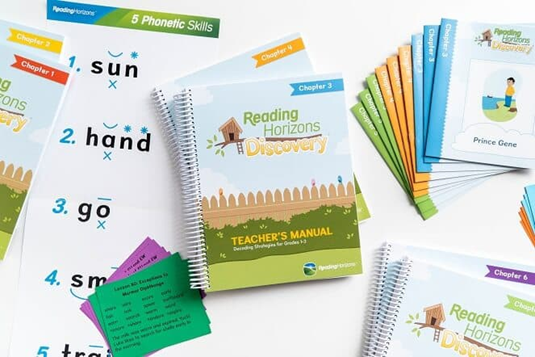
Here's what users are saying:
“I have been piloting the Sound Wall this year, and we have LOVED it! The children love looking in the mirrors and finding the way their mouth is formed when they say the letter sound. The stories and descriptions to find the letters on the sound wall are the best I've seen, and this is the first time in my teaching career that my students immediately know if a letter is a vowel or a consonant because they see if their mouth is open or closed, and if it is open, they check to see if something is blocking the sound that is coming out.
I have also learned things from the sound wall (like that there are several letters that are formed in our mouths the same way, but one is voiced and one is voiceless. II really feel like it's giving me a better foundation for teaching the sounds to my students. I feel like when we are ready to start blending, it will be easier because they will fully comprehend the concept of a letter sound. They have so much fun revealing the letter that makes the sound, and they are really learning the sounds well. I am excited to start the writing process and see how they are able to use the sound wall to find the way things are spelled.
I had purchased a different sound wall before the school year, but when this one came in the mail, I was so excited because it is set up so amazingly well and was so easy to teach from. My colleagues are already asking when they can get theirs. I hope to use it for years to come!”
—Jennifer Beach, kindergarten teacher at Woodruff Elementary in Logan, UT
“I have enjoyed using the sound wall with my kindergarten class this year! I have seen my students really understand the sounds of letters and reference the sound wall often when writing and reading. The students enjoy the pictures of the mouths. As a teacher, the sound wall is helpful when teaching new sounds and with the category breakdown of what sounds can make, with relatable language/pictures such as windy, stop, nasals, etc. I enjoy the mirrors as a tool to teach the sounds for students to see themselves making the sounds and checking to see if their mouths make the same picture as the sound wall posters. I also like how colorful and kid-friendly the sound wall posters are!”
—Samantha Vandiver, kindergarten teacher in Ketchum (OK) Public Schools

